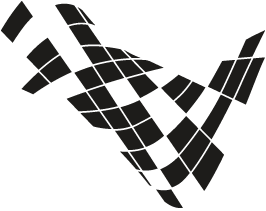I completed my BEng in Automotive Engineering in Coventry University before I started my PhD in Sheffield University in 2014. I gained my interested in dynamic problems while studying Vehicle NVM and vibration control is one of the most important subject in Engineering. I am currently a third year PhD and I am very interested in material damping and various damping method in mechanical structures. My current research is focusing on uncertainties of viscoelastic material and these include sources, ranges and propagations.
Research interests
My currently research is focusing on the uncertainties of viscoelastic material, various methods are involved including master curves of viscoelastic materials, optimization algorithm Finite Element Analysis as different methods for material characterisation. Besides, I am also interested in different types of damping technics that are used in mechanical structures and related modelling methods.
Current research
Viscoelastic materials are widely used to increase damping in structures subject to resonant vibrations. However, very little information is available in the literature about the effects that uncertainty arising from characterisation, modelling and manufacture might have on the vibration and integrity of the resulting structures. Batch to batch differences for the material or test to test differences for materials from the same batch can be significant. My research is about the source and range of these uncertainties as well as their propagation along the analytical processes.
My research is divided into three stages which are uncertainties within the material, uncertainties during characterisation and uncertainties in the structural analyses. Various methods for the characterisation has been carried out and evaluated. A very reliable and accurate method for constructing the master curve of material has been developed. One interesting finding is that most uncertainties have their level decreased after propagated through the system also the uncertainties distribution may be changed.
Some artificial uncertainties were fed into the experimental measurement to simulate the experimental uncertainties. The range and distribution of these uncertainties were pre-defined and their propagation was evaluated.
 The graph above shows the distribution and range of shift curves resulted from different uncertainties.
The graph above shows the distribution and range of shift curves resulted from different uncertainties.

